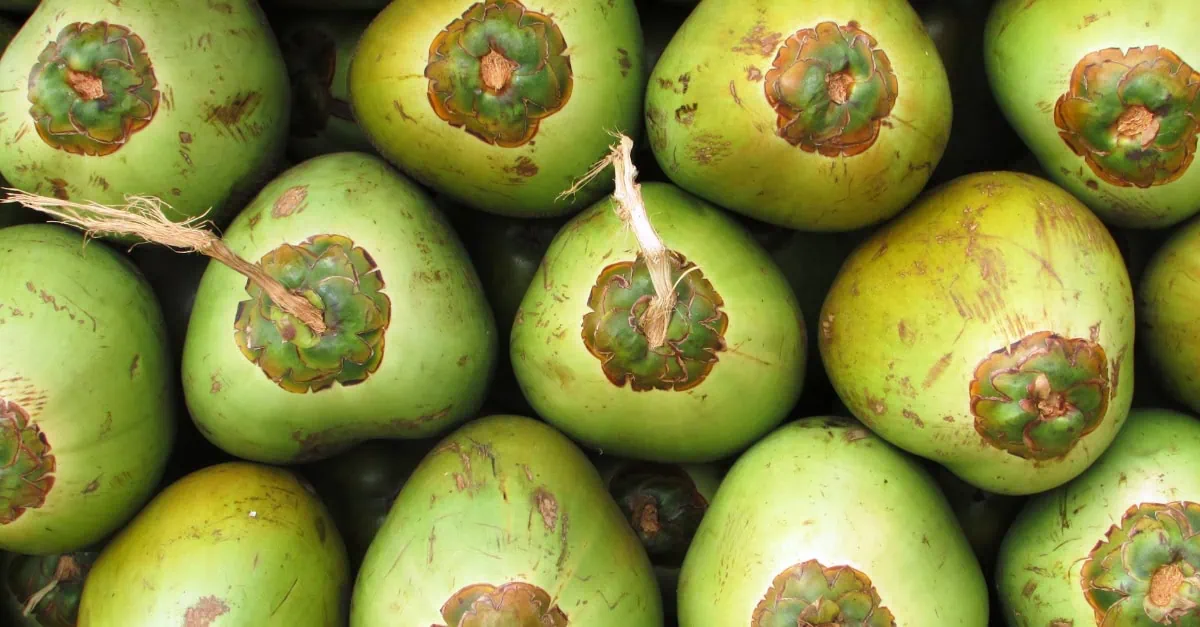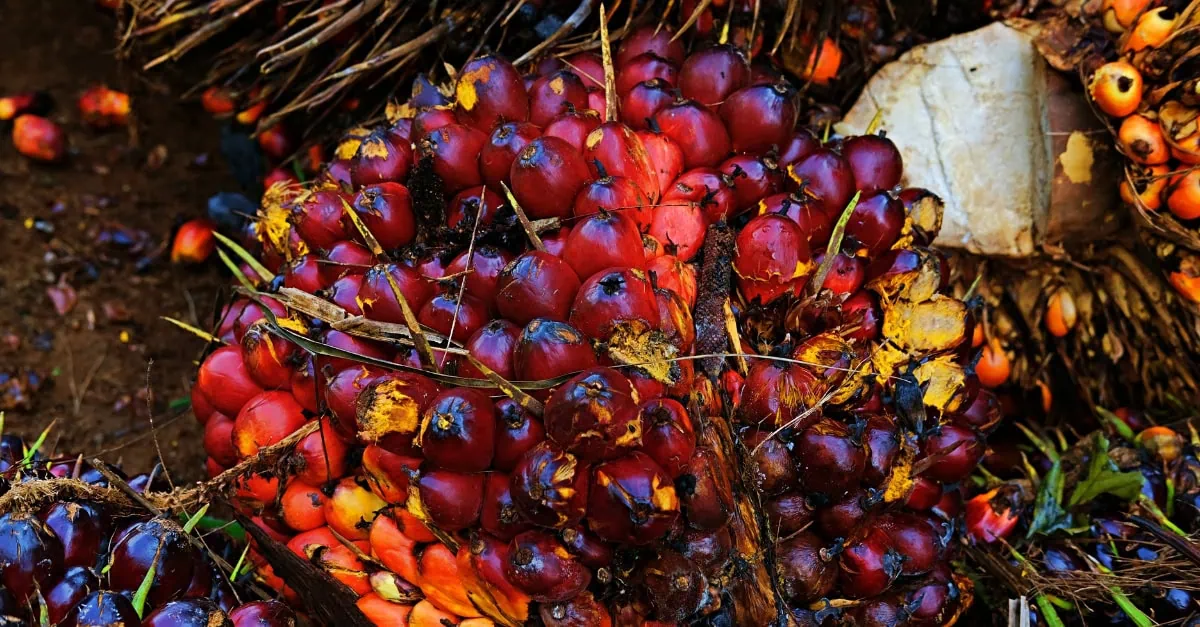July 22, 2025 – Market Analysis
The vegetable oil complex delivered a week of contrasts, with lauric oils reaching extreme price levels while mainstream oils showed more measured movements. Our latest market intelligence reveals significant shifts across multiple oil categories that could reshape procurement strategies heading into Q4.
Coconut oil approaches crisis levels as supply issues persist
The lauric complex continues its remarkable run, with crude coconut oil (EXW Manila) now trading between $2,622-2,700/mt, levels that are fundamentally changing consumption patterns across key markets.
What makes this surge particularly concerning for buyers is the disconnect between forecasted production increases and actual supply materialization. While industry bodies like ICC and OilWorld have raised their 2025 global coconut oil production forecast to 3.564 million metric tons (up from 3.499 million in 2024), market participants report that this increased production simply hasn’t appeared yet.
The timing couldn’t be worse. The Philippines, the world’s largest coconut oil producer, is entering its monsoon and typhoon season, which typically runs through November. This seasonal weather pattern historically disrupts both production and logistics, suggesting current tight supply conditions may persist longer than initially expected.
European consumption patterns are already shifting dramatically. Major distributors report significantly slower sales in Q2, with some end-users changing formulations while others adopt hand-to-mouth purchasing strategies to minimize inventory holding at these price levels.
Palm kernel oil rides the coconut wave
Palm kernel oil has experienced an equally dramatic price surge, with CIF Rotterdam September-October positions jumping to $1,900/mt from $1,800/mt week-on-week. The Malaysian DAP price has been even more volatile, climbing to $1,725/mt from $1,643/mt.
This strength stems from multiple factors:
- Strong crude palm oil fundamentals
- Tight coconut oil supply supporting the entire lauric complex
- Lower Malaysian palm kernel oil stocks
- Solid import demand despite extreme price levels
The palm kernel oil market benefits from a significant discount to coconut oil, making it the “cheaper” alternative in the lauric space, though still at historically elevated levels.
Palm oil gains momentum on trade developments
Crude palm oil prices strengthened to $985/mt from $965/mt, driven primarily by robust CBOT soy oil performance and positive news on US-Indonesia trade relations. The US decision to lower tariffs on Indonesian goods to 19% (down from an expected 32%) provided additional market support, though Malaysian tariffs remain at 25%.
The timing aligns well with seasonal demand patterns. India typically increases vegetable oil imports during July-September as the country prepares for festival season, while Chinese palm oil imports traditionally rise toward August-October.
Soy complex maintains biofuel-driven strength
CBOT soybean oil continues its impressive run, reaching $1,236/mt from $1,200/mt. The market has found solid footing in the $1,200s since mid-June, when news about US biofuel mandates turned supportive.
The fundamental picture remains constructive, with NOPA reporting June soybean oil stocks fell to 1.366 billion pounds—a significant 15.8% drop compared to the same period last year. This inventory decline occurs despite crush volumes reaching 185.709 million bushels in June.
However, weather remains the wild card. July and August represent critical months for US soybean development, and any adverse weather could trigger additional volatility.
Rapeseed faces harvest pressures
The rapeseed complex continues to face headwinds as European harvest activity accelerates. MATIF rapeseed prices managed a modest gain to EUR 471/mt from EUR 466/mt, but the broader trend remains under pressure.
OilWorld’s upward revision of EU-27 production by 0.7 million metric tons to 20 million metric tons (well above 2024’s 17 million metric tons) adds to the bearish sentiment. However, forward curve dynamics suggest lower carry stocks and expectations of reduced Ukrainian exports may provide some support later in the season.
Sunflower oil supported by weather concerns
Ukrainian sunflower oil markets showed resilience, with August crude prices rising to EUR 1,076/mt from EUR 1,062/mt. Weather-related concerns continue to support prices as dryness and heat stress sunflower crops across the Black Sea region.
Ukraine’s APK-Inform has already reduced its sunflower seed production forecast to 14.524 million metric tons from 14.674 million metric tons previously, highlighting the ongoing weather impact.
For detailed price forecasts, technical analysis, and commodity-specific insights that can inform your procurement decisions, access our complete Week 30 vegetable oil analysis on the Vesper platform.
Read full week 30 Vegetable Oils market analysis on the Vesper platform here: https://app.vespertool.com/market-analysis/2120





